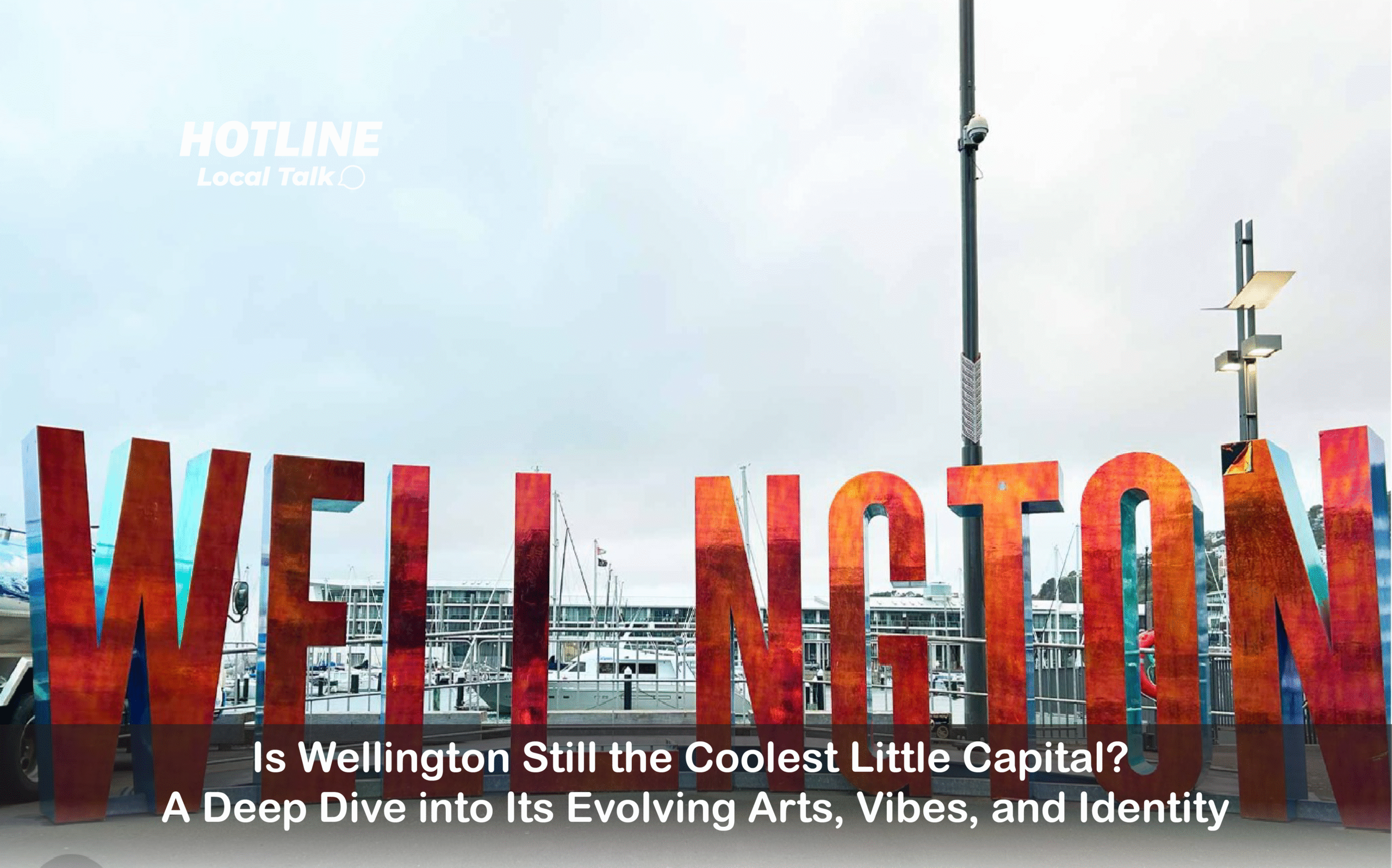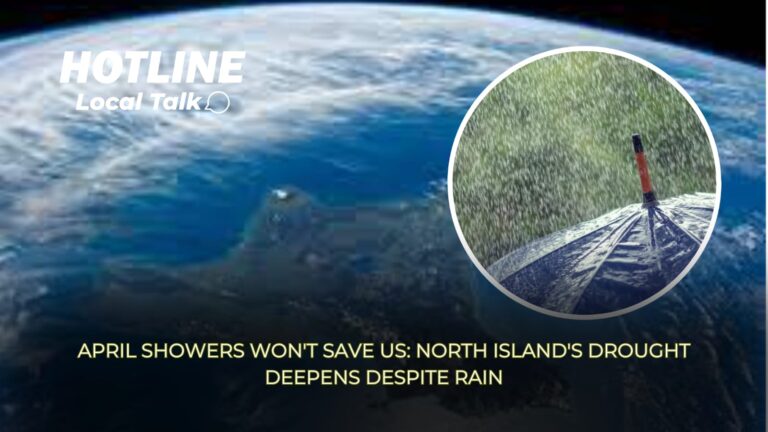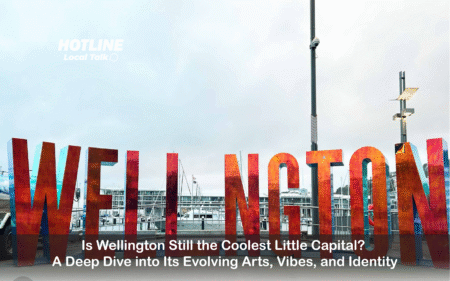The Current State of Drought
The National Institute of Water and Atmospheric Research (Niwa) has reported that rainfall is down by about 75% in many areas since the start of the year. For instance, in Albany, Auckland’s North Shore, only 70mm of rain has fallen compared to the usual 202mm by this time. Similarly, Dargaville has seen just 52mm against an average of 185mm. This drastic reduction in rainfall has led to critical water shortages.
Chris Brandolino, a forecaster, described the situation as “pretty dire,” emphasizing that sustained rainfall is necessary for any meaningful change. He noted that for significant pasture recovery, we need about 30mm of rain over 24 hours for three consecutive days, which is not in the forecast for the affected regions.
Auckland’s Water Crisis
In Auckland, the situation is particularly alarming. Watercare activated its drought management plan earlier this month as dam levels dropped to 66.5%, significantly below the historical average of 78.4% for this time of year. This drop has prompted water restrictions and raised concerns about reaching the “permanent wilting point” in Northland and Waikato.
Looking for Solutions
Water sustainability remains a yearly challenge in New Zealand, yet solutions are within reach. One approach is enhancing local water collection through initiatives like installing water tanks in homes and businesses. Imagine if every property could have a partially funded scheme to install a water tank, similar to the Healthy Homes initiative. This could prevent scenarios where dam levels drop critically or water restrictions are imposed. Here’s how it could work:
- Subsidized Water Tanks: Government or council subsidies could make water tanks affordable, encouraging widespread adoption.
- Reduced Bureaucracy: Simplifying the process for connecting to mains water or adjusting water rates could remove financial barriers.
- Community Water Sharing: In times of low dam levels, local water from tanks could supplement public supply, ensuring continuity.
The Debate on Dams
Another solution often debated is the construction of new dams with enhanced storage capacity. While some argue this might be too straightforward, the benefits are clear:
- Increased Storage: New dams could store more water during wet periods for use during droughts.
- Long-term Investment: Although costly upfront, the long-term benefits in water security could outweigh initial expenses.
- Environmental Considerations: Modern dam designs can minimize ecological impact, focusing on sustainability.
However, the investment in infrastructure like dams must be weighed against other sustainable practices. Here are some statistics to consider:
- According to a study by the University of Auckland, installing water tanks in 50% of urban homes could reduce municipal water use by up to 30% during dry spells.
- A report from the Ministry for the Environment suggests that New Zealand could save up to 20% of its water usage through better conservation practices.
What’s Next for Wellington and Beyond?
For Wellington residents, while we might not face the same level of drought, the issue of water sustainability is universal. Here are some steps we can take:
- Advocate for Policy Change: Support local and national policies that promote water conservation and sustainable infrastructure.
- Personal Action: Consider installing rainwater collection systems or supporting community initiatives for water conservation.
- Education: Increase awareness about water usage and conservation through community workshops or school programs.
As we look forward, the hope is that with proactive measures, New Zealand can better manage its water resources. The rain in April might not be our savior, but with smart planning and community involvement, we can prepare for a more sustainable future.
TRUTH SEEKER
Instantly run a Quiz with friends... about the article. Interact more & analise the story. Dig in, catch out biased opinions, and "fact check" with TRUTH SEEKER by ONENETWORK WELLINGTONLIVE 👋
Do you agree with the main argument of this article?
Total votes: 11
What percentage of rainfall reduction has been reported in Albany, Auckland’s North Shore, compared to the usual amount by this time of the year?
Bias Analysis
Fact Check Summary
True. According to a study by the University of Auckland.
Source: University of Auckland
False. The article mentions that while some argue for new dams, there are debates about the effectiveness of this solution.
Source: Article content








